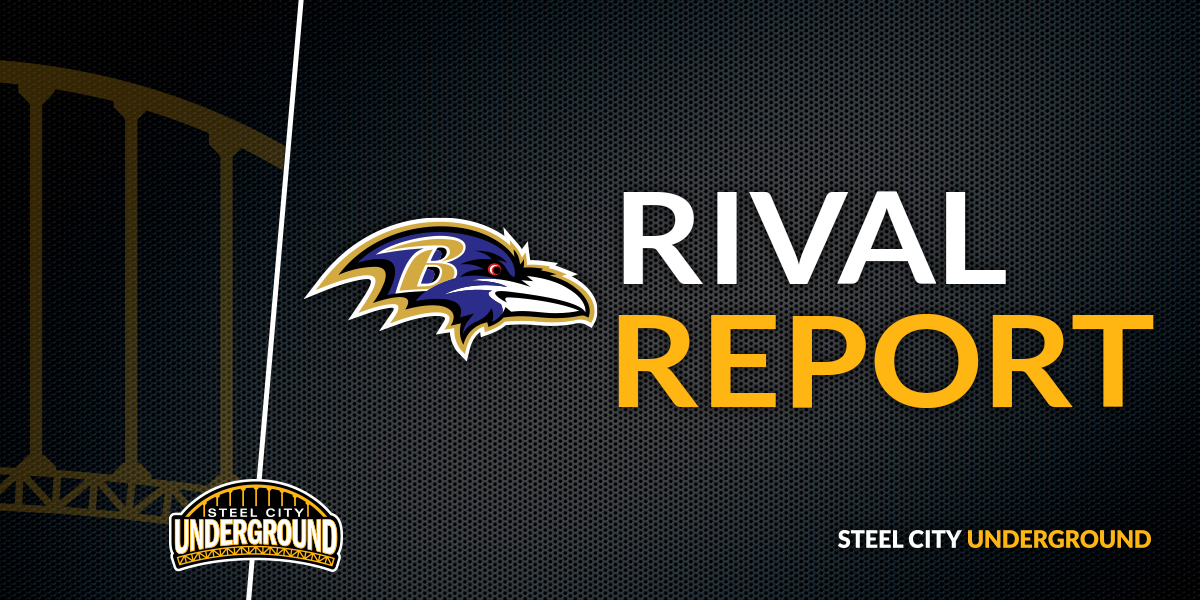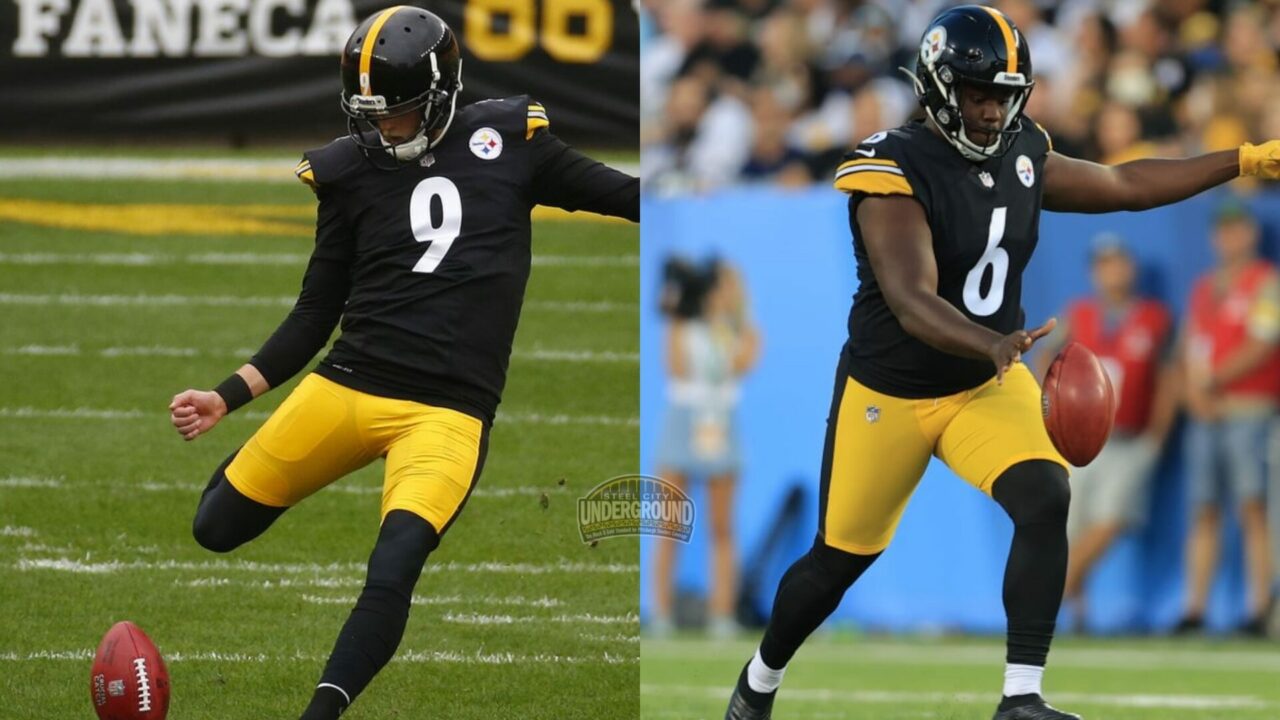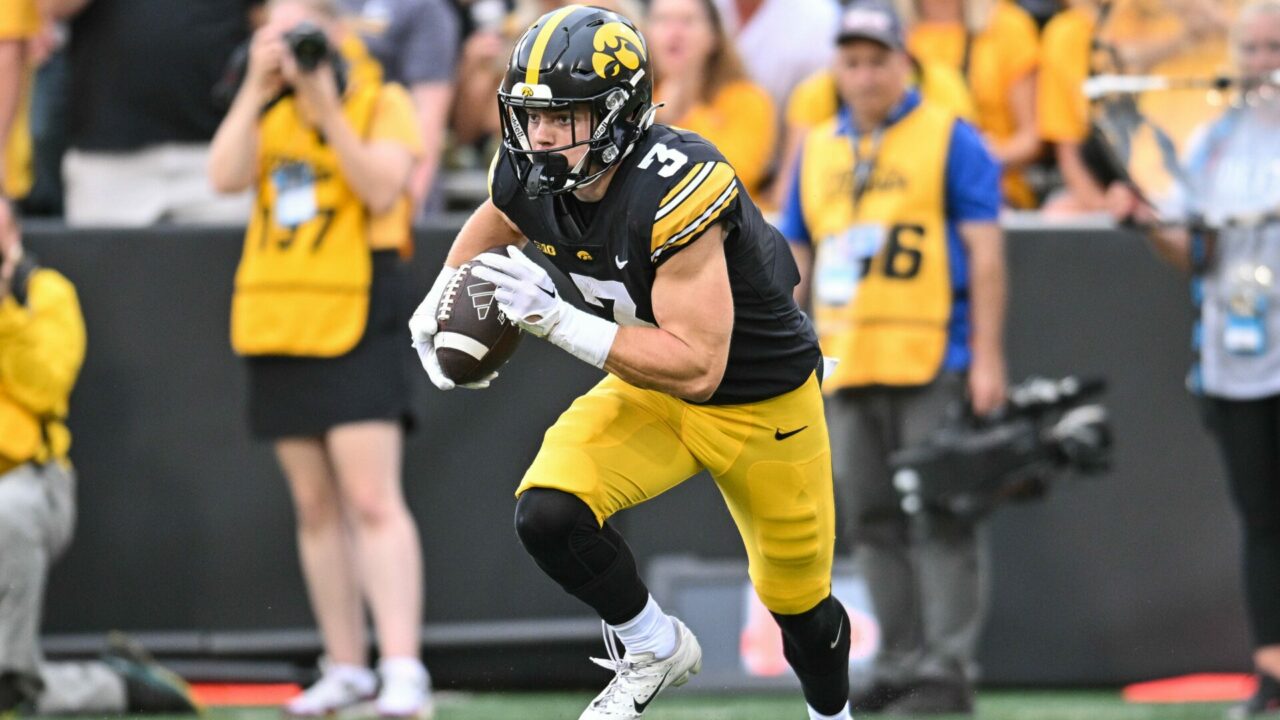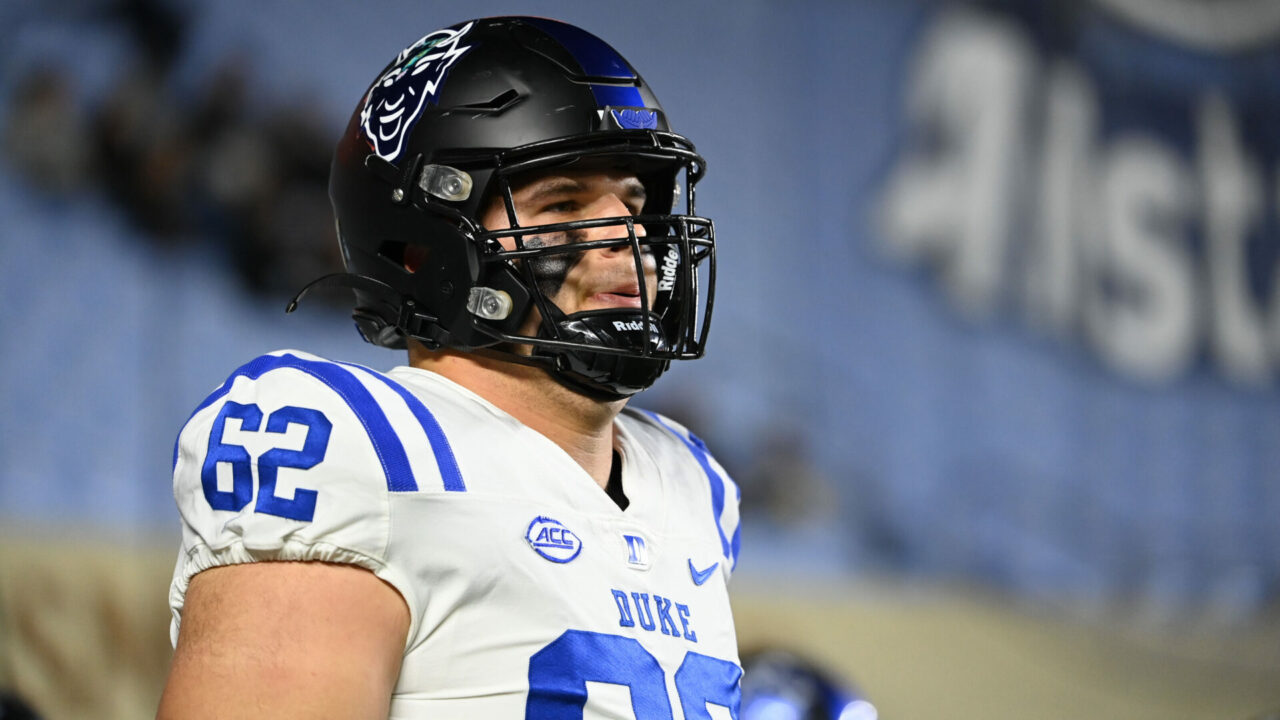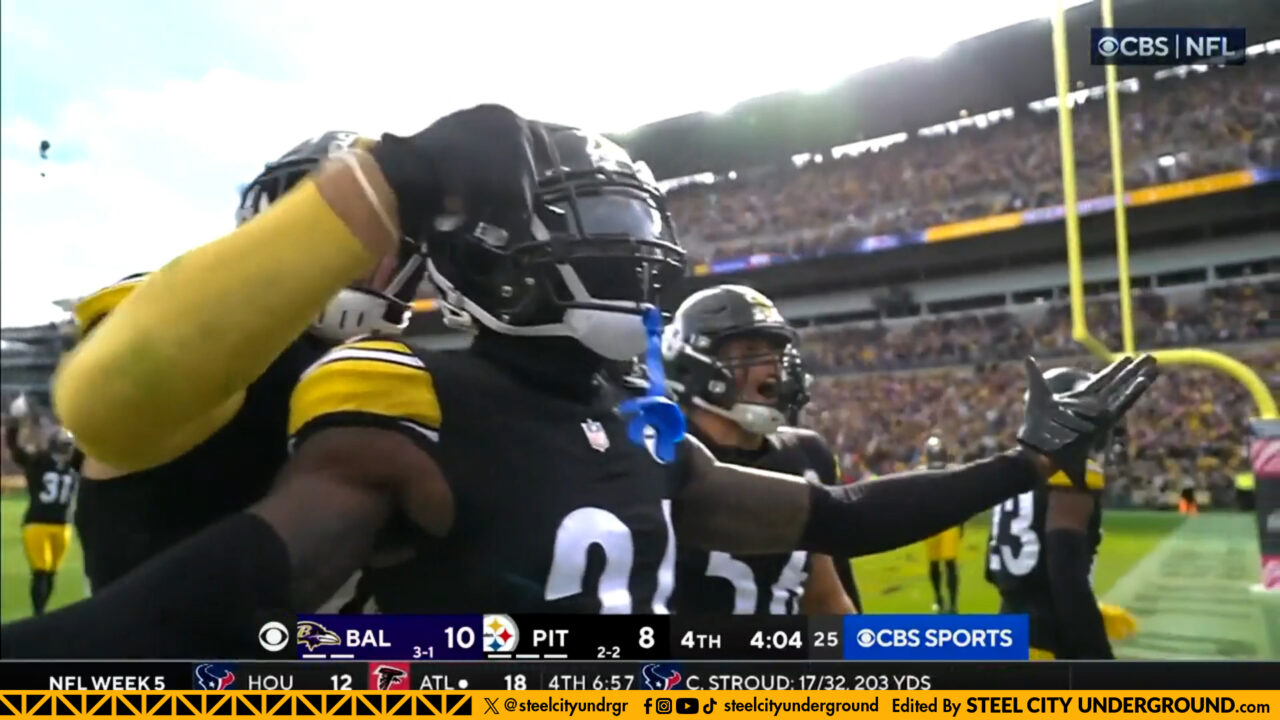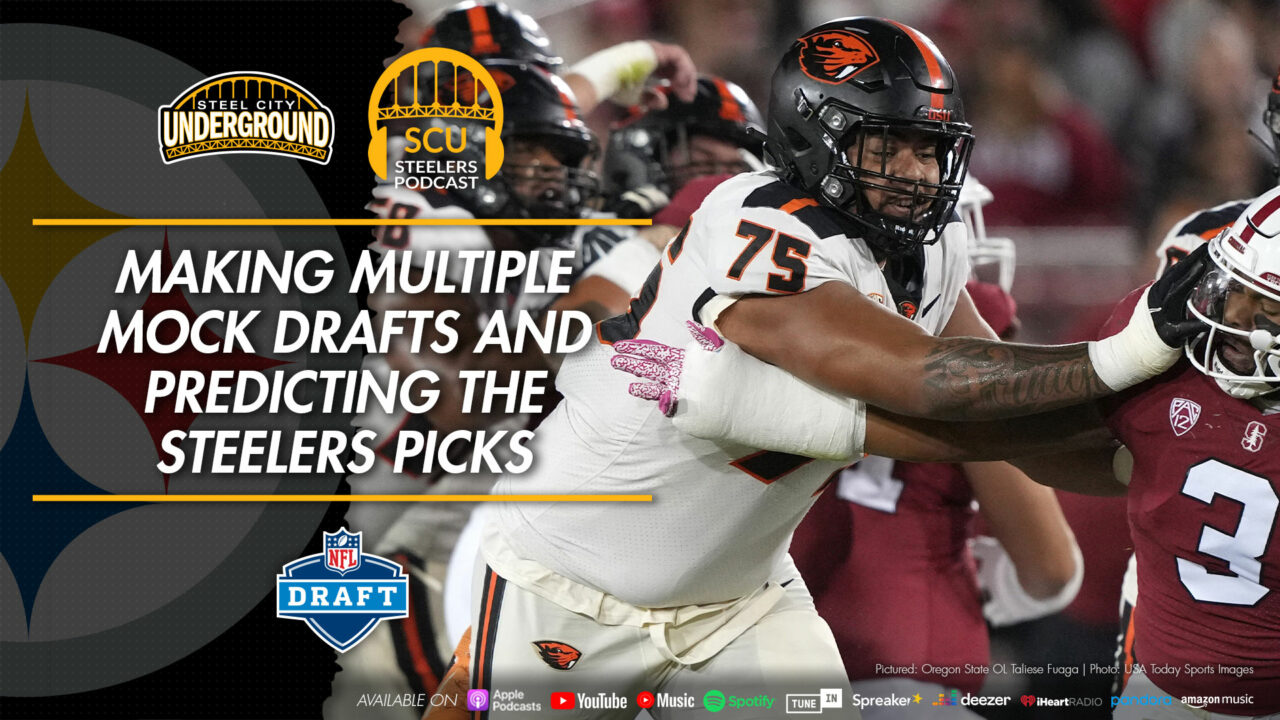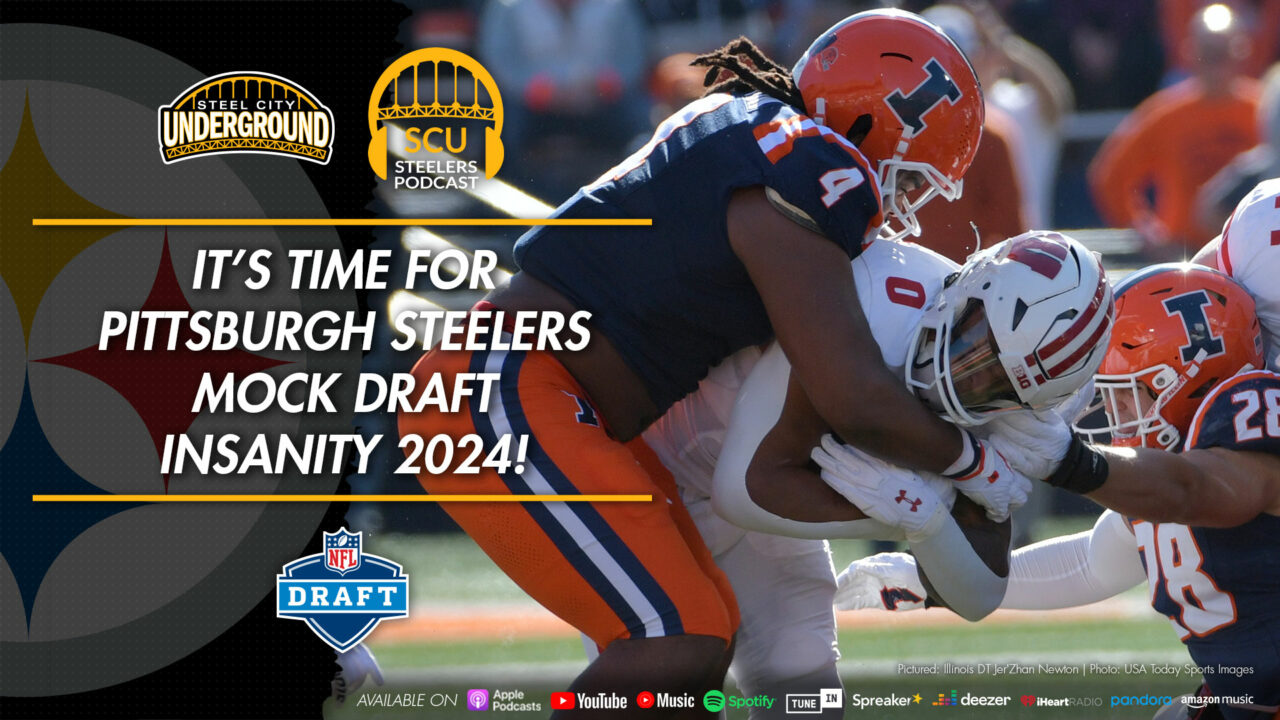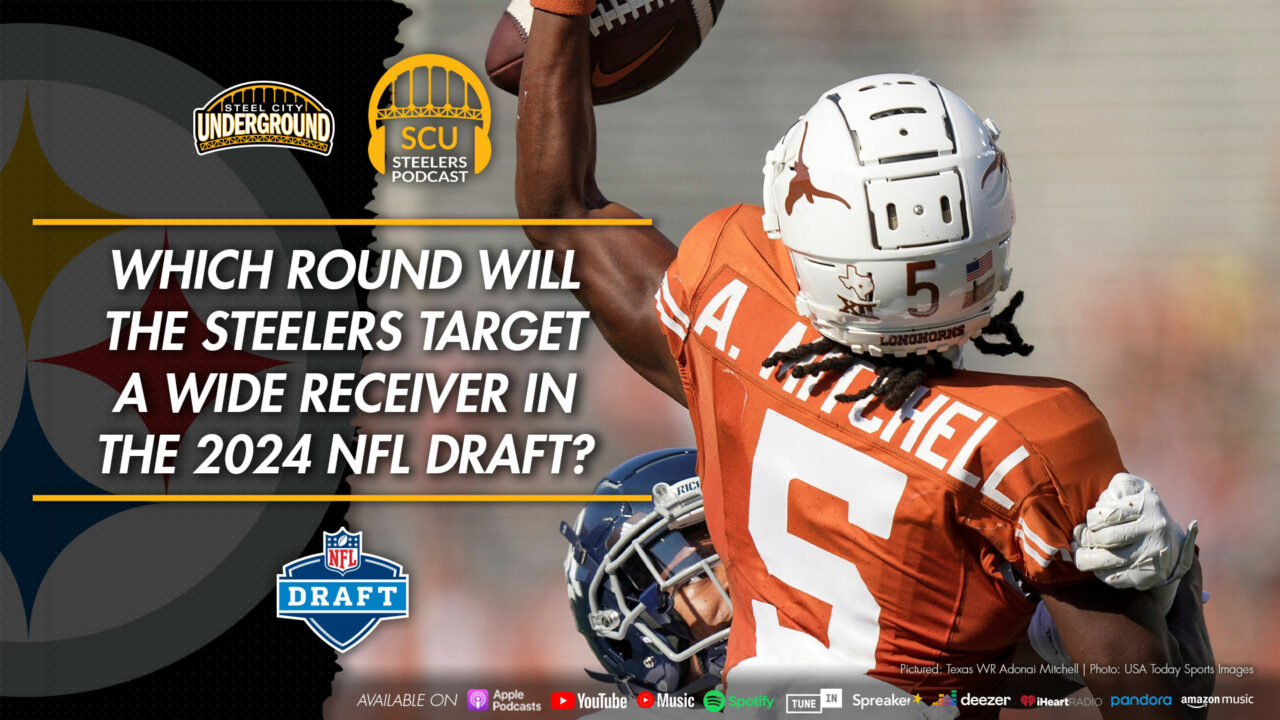Rival Report: Despite interest, Ravens should pass on Zach Orr return
In January, inside linebacker Zach Orr announced that a congenital neck condition was revealed following an injury that required an MRI and he would retire from the Baltimore Ravens and NFL just months before he turned 25 years old. The news shook up the Ravens franchise, especially when team doctors advised his condition put him at great risk of paralysis or death. With news this week that Orr has come out of retirement, teams – including Baltimore – are scrambling to bring him in for a physical. The Ravens, and really any NFL team, should take a pass on Orr’s return, possibly for the young man’s sake.
The original issues surrounding Orr
Orr revealed in his retirement press conference that his C1 vertebra was not fully formed – a congenital condition.
The condition that I have, what I was born with, won’t allow me to pass a physical to play the game…Everybody that broke down the situation to me were pretty much at a loss for words because they were trying to figure out how I’ve been playing football this long without anything major happening.
The C1 is the first cervical vertebra, also known as the atlas. Like the famed mythological Greek hero of the same name, the C1 attaches directly to the skull, supporting the weight, and allows the head to move laterally in conjunction with the C2 (known as the axis). The C2 allows the skull to pivot (side-to-side) horizontally. These two bones in the spine have a key symbiotic relationship in allowing range of motion of the head.
Critical vertebral arteries also thread through the foramen (special spaces within the bone) and feed the brain with oxygen-rich blood. This is a formation seen only in the cervical region of a human spine.
Injuries to the C1 – even a healthy, fully-formed vertebra – are the most severe of spinal injuries due to the fact that damage at that location can result in the following symptoms and conditions: complete paralysis of arms and legs, limited-to-no movement of head and neck, compromised continence control, inability to breathe without assistance and/or medical apparatus, lack of ability to speak and neurological damage as a result of lack of blood flow to the brain through vertebral arteries.
Orr admitted that multiple physicians expressed concern and even shock that he’d been able to play football, especially at the NFL level, without serious injury.
What has changed?
Orr went into depth on Wednesday’s NFL Network program Good Morning Football to explain his change of perspective and desire to once again suit up as a pro football player.
As a football player, you know your risk that you take regardless of any type of situation, every time you strap on a helmet and step on that field. So I’ve been knowing the risk—it’s a risk for anything to happen out there, as long as you’re playing the game, and as long as I’m not at a higher risk than anybody else, and I have people telling me that, I’m going to go with that because it’s something that I love doing, it’s something that I’m very passionate about. It’s something that—I really can’t see myself doing anything else right now. I know the risk that you have naturally just being a football player regardless, so I’m not really worried about that or concerned about that at all.
What Orr did not reveal was who offered him the opinion that he isn’t at any higher risk than any other player.
Controversial physician David J. Chao – the infamous “ProFootballDoc” tainted by a number of malpractice lawsuits (20 since 1998), a call from the NFLPA for his firing and subsequent removal from the league – opined that Orr would likely find a team that is willing to sign him and allow the young linebacker to resume a career that saw him go undrafted and looking at a possible contract for high dollars.
While Orr is likely to find a willing employer, the team that signs him will not only require him to sign a waiver releasing them of liability but will structure his contract on a year-to-year basis. Orr is unrestricted free agent because he retired and the Ravens did not offer him an unrestricted free agent tender. So in the end, this medical scare may inadvertently work out to his benefit.
Ravens should be wary of Orr return
Orr’s condition can’t simply be ignored and puts him at risk of a Jefferson fracture; a burst fracture that is the result of axial loading. This occurs when there is a sudden, hard impact to the back of the head or C1 vertebra. The chance that Orr experiences impact to his head is nearly guaranteed at the inside linebacker position, even with a helmet offering protection. That type of injury isn’t the only possible danger, as explained above.
Rob Sheets, Orr’s agent, told 105.7 The Fan in Baltimore, “There are a lot of variables that the Ravens are having the deal with. There’s a lot of internal consternation.”
While several players on the Ravens team expressed support for Orr’s return to their team, general manager Ozzie Newsome offered a simple statement:
I spoke with Zach [on Tuesday] and he informed me that he would like to continue to play football. He is a free agent.
The Ravens have a good crop of players at inside linebacker heading into training camp. C.J. Mosley is the tried-and-tested veteran but is joined by Patrick Onwuasor, Bam Bradley, Lamar Louis and Donald Payne. It is a young group, but their potential would appear to outweigh the risk of signing Orr as a free agent, requiring him to agree to sign a liability waiver and a possible future injury that would affect their 53-man roster.
The Orr effect
There are other players that NFL teams have taken a chance on with neck injuries; notably Peyton Manning. Manning, however, had a pinched nerve in his neck as a result of disc herniation that required discectomy and fusion surgery. Manning didn’t have an already weakened and malformed cervical vertebra.
Nearly one percent of all athletes at the NFL Combine have a history of a cervical disk herniation per Richard H. Rothman, MD., and John A. Anderson, MD., (of the Rothman Institute, writing for Sports Illustrated); an injury that has not severely affected an athlete’s performance in the league.
Teams like the upside of Orr prior to the neck injury that revealed his C1 abnormality. He became a starter in his third season with Baltimore and recorded 132 combined tackles, five passes defensed, three interceptions and a forced fumble. It was an All-Pro performance. He was among top linebackers in the league in performance.
Summary
Unfortunately, there are other considerations in play. Orr played for six weeks last season with a fractured shoulder. As a result, he incurred a torn labrum and biceps tendon injury. It wasn’t until he went numb following a play against the Pittsburgh Steelers that the Ravens ordered the medical workup that revealed his neck condition.
There will be plenty of fans and players that will encourage Orr to get back into a uniform and on the field. It feels good to see an athlete return, especially from something as potentially devastating as a spinal cord injury. Truthfully, we all like to cheer on people we see as underdogs and heroes.
There are as many NFL insiders, fans and players that feel it is a mistake for any team – let alone the Ravens – to put Orr back in pads and charging into the fray. Peter Schmuck of the Baltimore Sun wrote:
Maybe some other team is willing to join Orr in this dangerous gamble, but the Ravens could not do so and maintain the credibility of their doctors or the front office. We’re way beyond the “tape it up and go” era in the NFL and the Ravens have been in the glare of enough unwanted national publicity over the past half-decade to knowingly risk a Darryl Stingley incident at M&T Bank Stadium.
There have been other instances where high-profile athletes have received dire warnings about the dangers of continuing to play, only to go doctor-shopping to get the medical opinion that would allow them to continue. Not all the outcomes have been tragic, but there isn’t enough money or fame to make that a good bet.
Schmuck also shared the opinion that Orr may be hoping he’ll get a contract that could allow him to monetarily bank some security and have “some kind of NFL nest egg” should he walk away from the game once again.
It’s unlikely that Orr will set some sort of precedent for early retirement in the NFL as a way to negotiate contracts. With his health condition front and center, Orr is unlikely – despite Chao’s inferences above – to see top dollar offers and will always carry an expectation of consenting to liability waivers. Teams, moving forward, would likely also put tenders on him or require him to file retirement papers with the league to prevent a loophole for players to force free agency for more pay.
Then there is the gray area. Sometimes high-level athletes just do not know how to move on from their dream or the level of competition. For Orr’s sake, it may come down to someone stepping in – from the Ravens camp or somewhere else – with true care for him as a human being to convince him that his worth is equal to so much more than just his on-field performances. The difficult, but potentially correct, move would be teams taking a pass on allowing him to play in order to encourage Orr to explore a future free from the threat of potential life-altering injury on the gridiron.
(Note: Medical source information was derived from the American Spinal Injury Association, the Rothman Institute and the American Association of Orthopaedic Medicine. The author majored in Exercise Physiology at Brigham Young University and has over a decade of experience in emergency and critical care medicine.)
